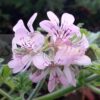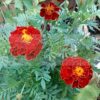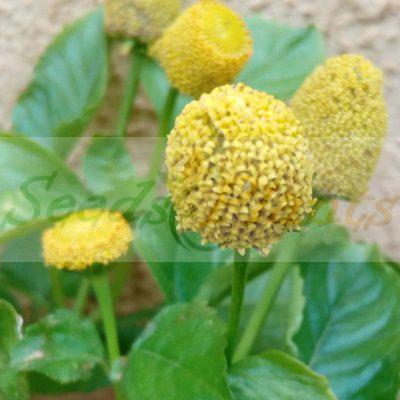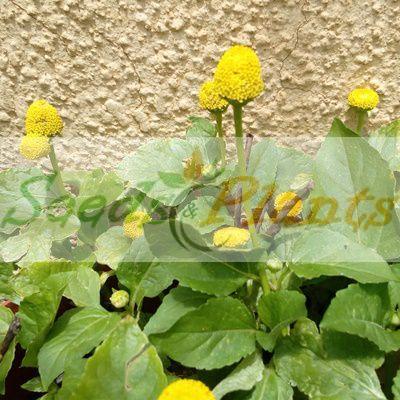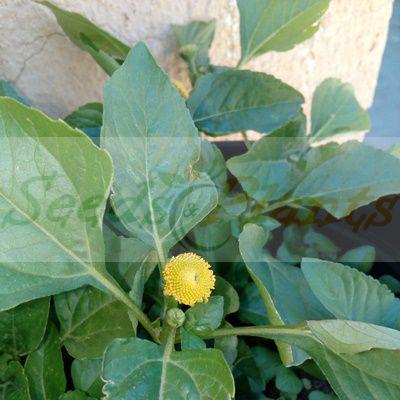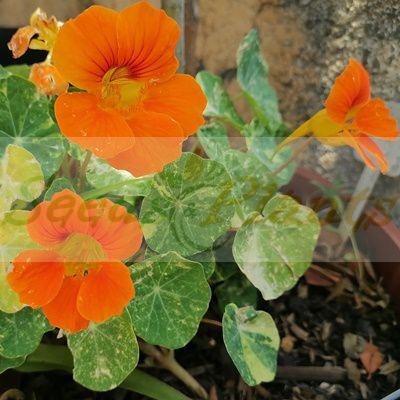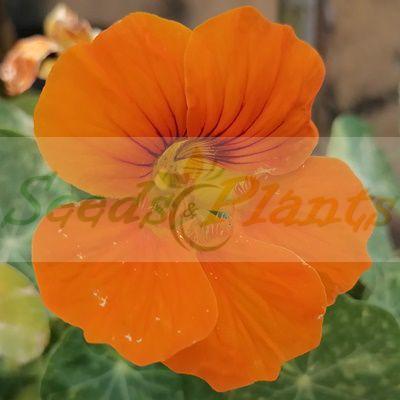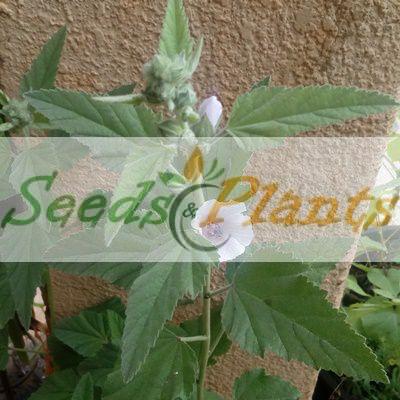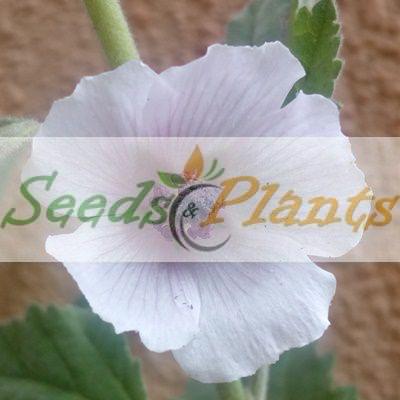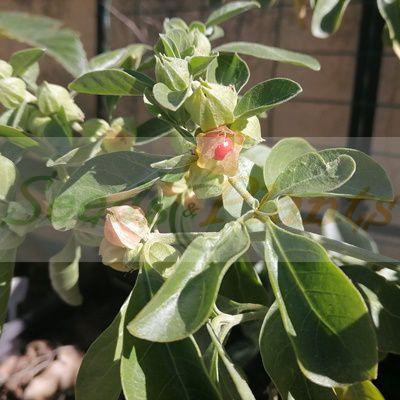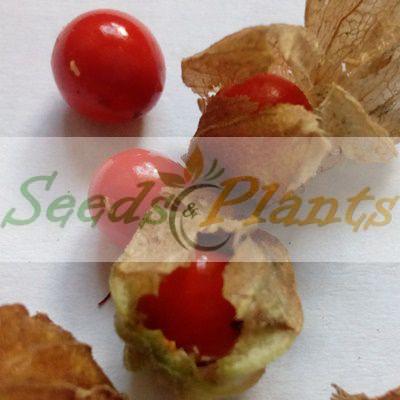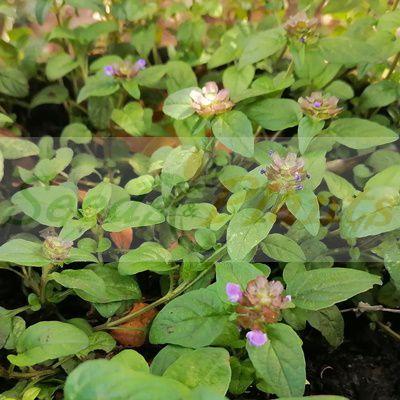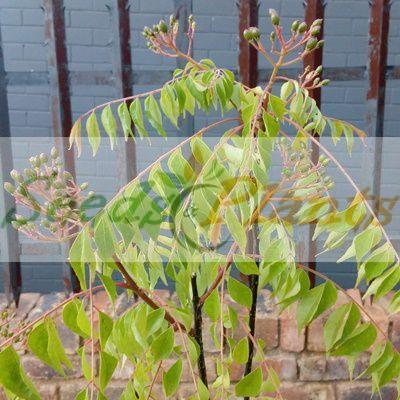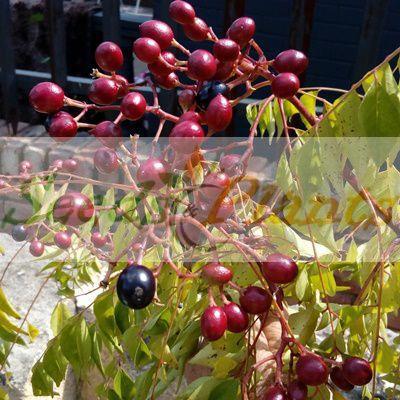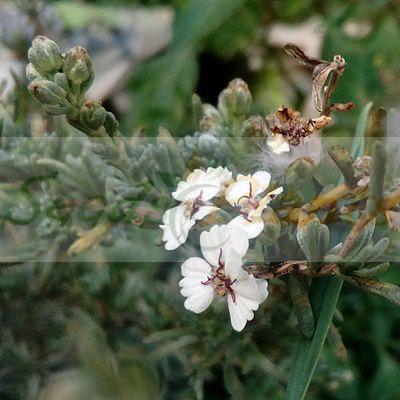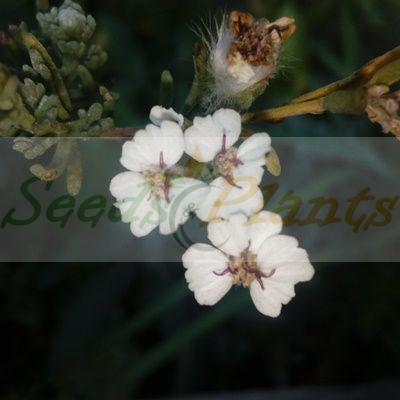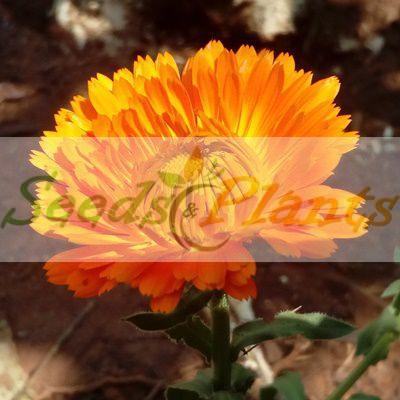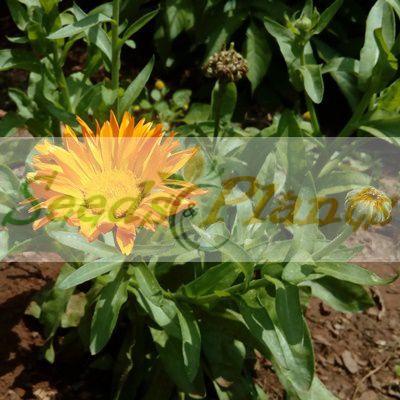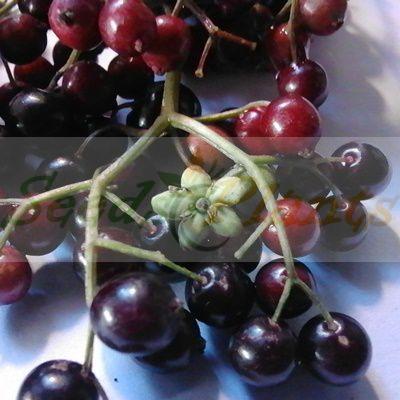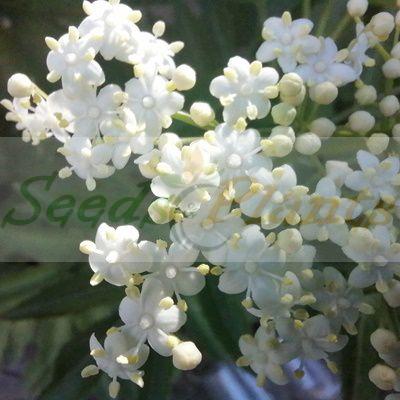Toothache Plant Lemon Drop – 50 Seeds
(Spilanthes oleracea ‘Lemon Drop’)
R30.00
Toothache Plant Lemon Drop is a tender perennial that is commonly used to treat toothaches along with other mouth, throat, and gum conditions.
Common Names: Lemon Drop, Eyeball plant, jambu, toothache plant, paracress, Sichuan buttons, buzz buttons, tingflowers and electric daisy.
Seed Type: Organic – Harvested from our own plants.
Indoor Sowing: Late Winter and Early Spring.
Direct Sowing: Spring and Early Summer.
Only 3 left in stock
Spilanthes oleracea Lemon Drop, is a flowering herb in the plant family Asteraceae, also known as toothache plant. It is a tropical perennial that grows as an annual in South Africa. Warm regions allow the Plant to grow as a perennial. More temperate and cooler climates will mean raising the plant as an annual.
Blooms all summer and in South Africa it blooms well into winter. Bright, solid-yellow flower heads the shape of gum drops. Likes damp soil and a great plant for container growing. Grows 5 to 9 inches tall and loves sunshine. The leaves and flowers can be chewed to have a mildly anesthetizing effect, but with a citrus flavor.
Common Names: Eyeball plant, jambu, toothache plant, paracress, Sichuan buttons, buzz buttons, tingflowers and electric daisy.
Medicinal Benefits and other Benefits
- It is commonly used to treat toothaches along with other mouth, throat, and gum conditions.
- This medicinal herb also has anti-bacterial and anti-fungal properties, and it enhances the immune system.
- The leaves are often eaten raw and taste good in salads.
- Extracts from the Toothache Plant have proven effective against mosquitoes. Planting on borders for flying pest control has been a traditional use of the flower.
Growing Spilanthes oleracea Lemon Drop
Indoor Sowing: Late Winter and Early Spring.
Direct Sowing: Spring and Early Summer.
- You can direct sow the seeds in Spring and Early Summer, by scattering the seeds on top of moist soil and very gently press the seeds into the surface of the soil with your fingertips.
- Do not cover the seeds with soil, as the seeds need light to germinate.
- You can also start the seeds indoors 4 – 6 weeks before your last Spring frost date.
- To sow indoors, fill a planting flat almost full with a sterile, low-fertility seed-starting, or germinating, mixture.
- Water or mist the medium in the container, thoroughly moistening it.
- Sprinkle the seeds evenly over the surface of the medium.
- Only add a very light dusting of growing medium or do not cover the seeds at all, as they require light to germinate.
- Mist the seeds lightly after sowing them.
- Cover the container with a plastic lid or bag to create a warm environment.
- Place the container with the medium and seeds in a warm place where it will receive bright, indirect light.
- Mist the seeds as needed prior to germination, so that the surface of the medium remains constantly slightly moist, but not wet.
- Germination takes place in Summer.
- Once seedlings emerge, remove any lid or bag covering the seeds and decrease the frequency of misting so that the surface of the medium is allowed to dry out slightly between watering.
- Transplant the young seedlings into pots or outdoors once they have two pairs of true leaves.
- Use a high-quality potting soil or work an organic matter like well-rotted compost or aged manure into the ground prior to planting, as this herb prefers well-drained, rich soil.
Disclaimer
Medicinal Information:
All medicinal information on this website is for educational and informational purposes only and may not be construed as medical advice. The information is not intended to replace medical advice or treatment offered by healthcare professionals.
Seeds, Plants, Plant Cuttings, Geophytes and Dried Herbs:
In some countries and provinces, certain plants are deemed as invasive and are not allowed to be planted at all, whilst some plants are allowed to be grown only in certain areas or provinces. The onus is on you as the buyer to familiarize yourself with the regulations pertaining to your location, before purchasing any of our seeds, plants, plant cuttings, geophytes or dried herbs. We will not be held liable, should you purchase any seeds, plants, plant cuttings, geophytes or dried herbs. from us which are prohibited in your country or province.

